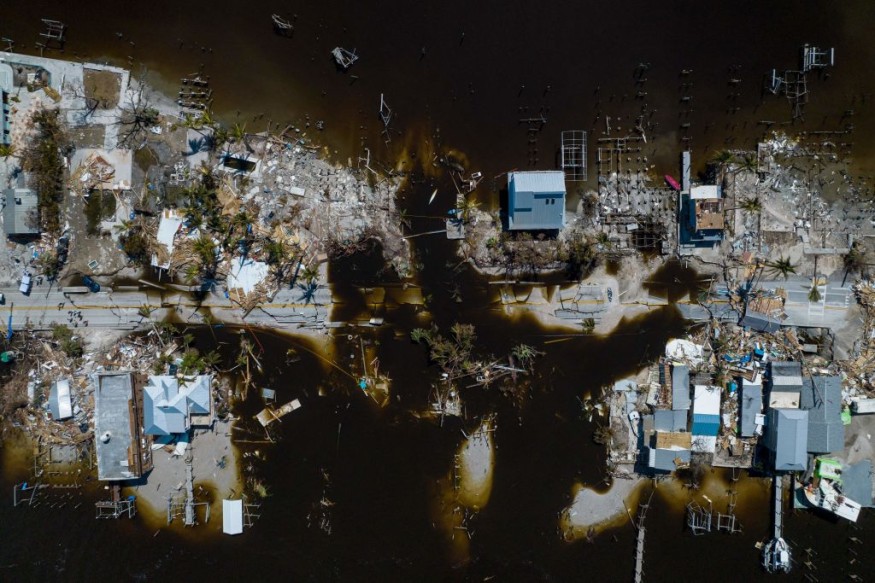
While global warming has significantly increased the occurrence of severe storm and flooding in American east coasts for the past 40 years, it was recently found to become particularly intense in the US Atlantic coast.
A new study found that the US Atlantic coast is now a breeding ground for supercharged hurricanes, The Guardian reported. With the region's fossil-fuel dependency and greenhouse gas emissions from burning oil, gas and coal, hurricanes intensify quicker and there is a heightened risk of flooding to east coast communities.
According to the study published in the journal Geophysical Research Letters, it could worse if radical action is not taken. "Our findings have profound implications for coastal residents, decision- and policy-makers," said Karthik Balaguru, a climate scientist and lead author.
Hurricane Intensification Near the US Atlantic Coast
Researchers of the study examined the basin scales in near-coastal environments over the 40-year period of 1979-2018 and found it "has absolutely become more favorable for hurricanes" and that it was very consistent with the rising hurricane intensification observed in the region.
Furthermore, multi-model projections suggest a continued enhancement of the storm environment and hurricane intensification near the Atlantic coast in the future.
However, this unique mix of environmental conditions was not detected near the Gulf coast over the same period, which is also known as another hurricane hotspot. Researchers from the department of energy's Pacific Northwest National Laboratory said this makes eastern US states particularly vulnerable to rapidly intensifying and wetter storms.
As observed, hurricanes cause severe flooding, infrastructure damage, and cost lives. For instance, at least 126 people were killed when Hurricane Ian, one of the strongest storms to hit the US coast, hit Florida last month, after transforming from a tropical storm to a category 4 hurricane within 24 hours.
Hurricane Maria, which caused the longest blackout in US history in 2017 and led to 3,000 deaths in Puerto Rico intensified from a category 1 to a category 5 hurricane within just 15 hours.
The Perfect Storm Recipe
Intensifying storms like Ian and Maria pose a major threat to life, land and property to near-coast communities as rising sea levels means storm surge is higher and reaches further inland.
Like a dish, storms are also composed of 'ingredients' for a perfect recipe.
Researchers list warm ocean surface, high humidity, low wind shear and the spinning motion of air (vorticity), as near-perfect environmental conditions to intensify to storms. They are also becoming more common as greenhouse gas emissions have built up.
On top of these, one major factor they recognized is the temperature difference between land and water. Warmer land temperature causes the twisting motion of humid air to strengthen and warmer water adds even more humidity - a crucial ingredient for intensification.
Lastly, wind shear present within the atmosphere tends to cause strong storm systems if it becomes strong enough, as per the National Weather Service.
Based on previous studies, the growing contrast in land-sea temperature is also associated with changing rainfall patterns and drought. "This study adds a new and important consequence - changes to hurricane behavior in coastal regions that could affect large populations around the world," said Ruby Leung, atmospheric scientist and co-author.
Related article : Roslyn Strengthened to Category 3 Hurricane Causing Damaging Winds and Heavy Rains in Mexico
© 2025 NatureWorldNews.com All rights reserved. Do not reproduce without permission.





